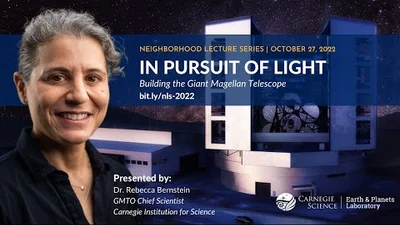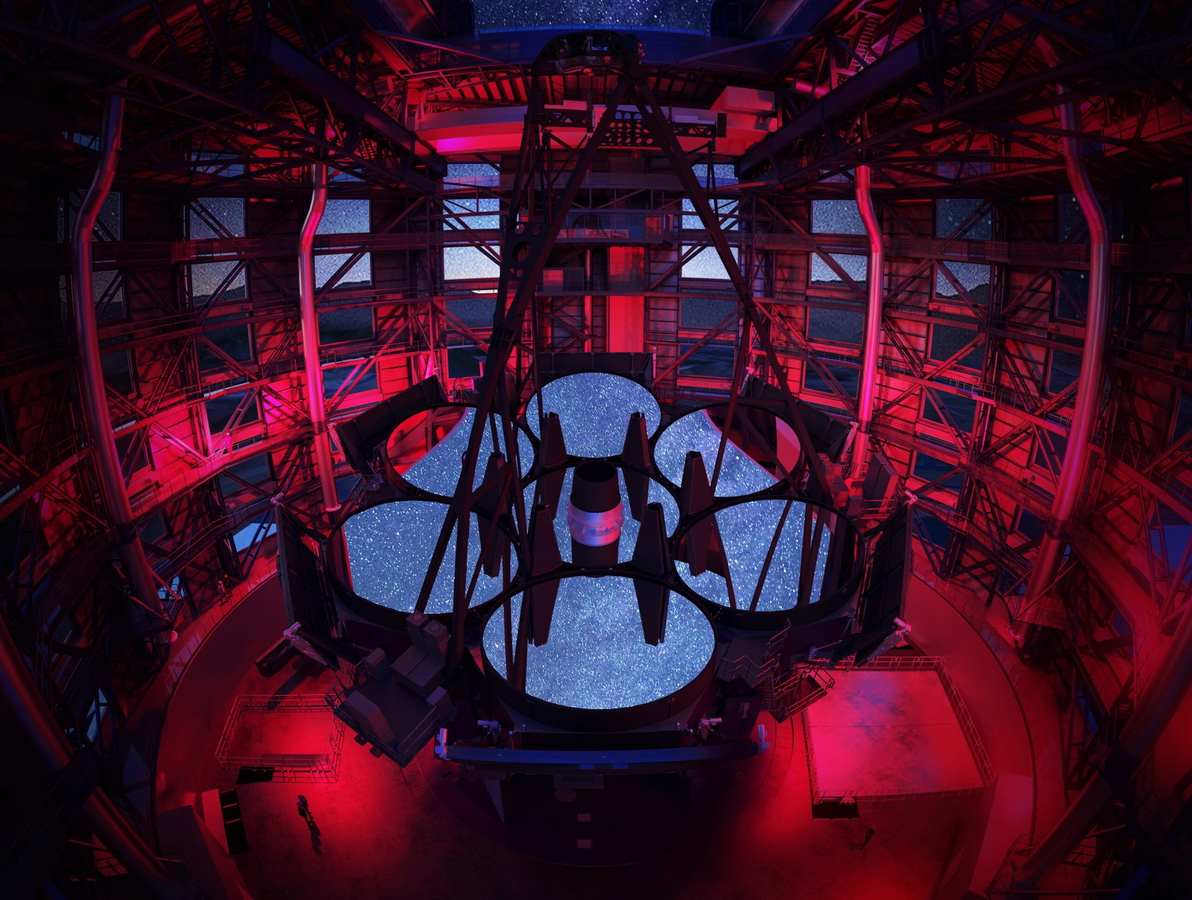Event Details
On Thursday, October 27, join the Earth and Planets Laboratory both virtually and in person to learn about the Giant Magellan Telescope (GMT) from Carnegie astronomer and GMTO Chief Scientist Rebecca Bernstein with an introduction from Eric Isaacs, the President of the Carnegie Institution for Science.
Doors open at 6 PM, and the talk will begin at 6:30 PM. There will be light refreshments before the event on the Greenewalt patio. The event will be held both in person on the Broad Branch Road campus and online via Zoom.
NOTE: Registration is required for in-person and virtual attendance.

Meet Rebecca Bernstein
Bernstein is a Staff Scientist at Carnegie and the Chief Scientist for GMTO, where she plays a leading role in ensuring that the observatory and its instruments will enable scientists from the Founder institutions, including Carnegie, to meet the project’s scientific goals.
Learn moreEnabling a new era of discovery
The Giant Magellan Telescope (GMT) is one of three next-generation, ground-based telescopes currently under construction. These “Extremely Large Telescopes” are being designed to achieve revolutionary new levels of clarity and sensitivity for studying all astronomical sources — from exoplanets nearby, to the first stars and galaxies that formed in the Universe, to the evolution of the Universe itself.
In this talk, you will learn how the GMT is being designed and constructed to achieve these feats, learn about the cutting-edge technology that will enable its performance, and get a glimpse of the universe of scientific discoveries that await.
A Carnegie-led effort recently secured $205 million toward the completion of the next-generation Giant Magellan Telescope, which is currently being built at our Las Campanas Observatory in Chile. When completed, the GMT will enable breakthrough astronomy—from revealing the fundamental physics underpinning the cosmos to advancing our ability to search for life on distant worlds.

Peer into space with the Giant Magellan Telescope’s Chief of Science Rebecca Bernstein



